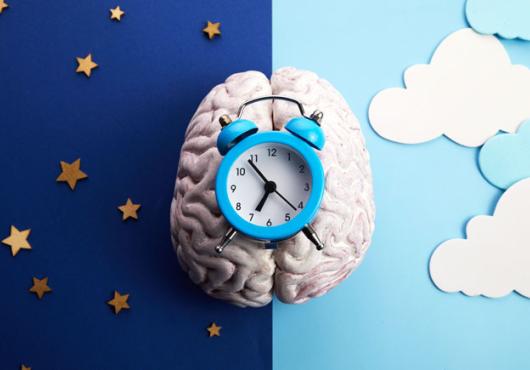
A team led by Harvard Medical School researchers at Brigham and Women’s Hospital, in collaboration with investigators at Massachusetts General Hospital and Beth Israel Deaconess Medical Center, has developed a powerful computational tool for understanding brain health and disease, providing an enhanced way of characterizing the activity of the brain during sleep.
The researchers devised a new method that extracts tens of thousands of electrical events from the brain waves of a sleeping person. Information from these waveforms is then used to create a picture of brain activity that seems to act like a fingerprint — unique for each person and consistent from one night to the next.
They then used their approach to identify new potential biomarkers in the brain activity of people with schizophrenia. Their findings are published in the journal Sleep.
First and senior author on the study, Michael Prerau, HMS assistant professor of medicine at Brigham and Women’s, said that “this work expands the way we can look at brain activity during sleep. By moving beyond traditional notions that break up the complex continuum of sleep into specific categories and waveform classes, we can reveal new types of signals and dynamics that may be important for understanding brain health and disease.”
Sleep spindles
Scientists typically study brain activity during sleep using the electroencephalogram, or EEG, which measures brain waves at the scalp.
Sleep EEG was first studied in the mid 1930s, by looking at the traces of brain waves drawn on a paper tape by a machine. Many important features of sleep are still based on what people almost a century ago could easily observe in the complex waveform traces.
Thought-provoking content
In-depth stories on science and medicine





